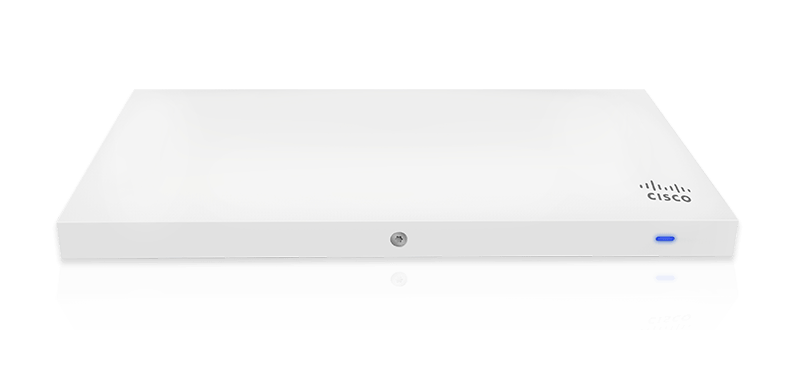In today’s hyper-competitive restaurant industry, restaurateurs and marketers are always searching for an effective way to gain a competitive advantage without breaking the bank. That means finding a way to fully maximize the ROI of their marketing campaigns.
According to a study from Mailchimp, marketing email recipients are 75% more likely to click on emails from segmented campaigns than non-segmented campaigns. And an article from CMO.com stated that targeted promotions are, on average, almost twice as effective as non-targeted ones. Mailchimp also noted that email open rates are 14.31% higher in segmented campaigns.
Study after study has revealed that marketing is much more effective when different messages are targeted to specific customer segments, rather than sending a single message to an entire customer base. To do this, marketers need one very important thing – accurate and comprehensive market research data.
 When it comes to effective restaurant marketing, market research is an essential component to help you understand who your customers really are, where their interests lie, and how they prefer to spend their money. When you know these things, you can easily segment your customers into different subdivisions based on demographic and behavior data.
When it comes to effective restaurant marketing, market research is an essential component to help you understand who your customers really are, where their interests lie, and how they prefer to spend their money. When you know these things, you can easily segment your customers into different subdivisions based on demographic and behavior data.
Once you have created your various customer segments, you can then create marketing campaigns that will resonate with each individual segment. Then you can use the data to more easily brainstorm and create marketing messages that will speak to the customers in each segment.
Gathering Data for Restaurant Marketing
Restaurant marketers are faced with a challenge when compared to online companies. Businesses that are online can use inexpensive technologies, such as Google Analytics, to capture demographic and behavior data from a very large sample size of their customers. This makes customer segmentation easy.
Brick-and-mortar companies, however, do not have this advantage. They are forced to gather the data in other ways. Traditionally, offline customer data has been expensive to obtain from third-party market research companies. And those who have tried to gather the data themselves have realized it can be very time-consuming, and sometimes off-putting for their customers. Plus, the data they receive is simply a snapshot in time, and from a smaller sample size of customers.
For these reasons, many restaurants are forced to base marketing decisions on personal opinion or a guess, which can obviously be devastating for a business.
WiFi Analytics Platforms for Customer Data Collection
Luckily, there is now a way for brick-and-mortar establishments to collect comprehensive customer data from a large sample size of customers at pennies-on-the-dollar compared to traditional market research companies.
Using a WiFi marketing and analytics platform like Bloom Intelligence, restaurateurs can finally see accurate data about their customers, which will allow them to effectively segment their customer base and create powerful targeted marketing campaigns.
Using your existing WiFi access points, these platforms will collect anonymous customer data such as dwell times, repeat visits and other valuable metrics – whether customers log into WiFi or not. If they do log in, then the platform will collect even more data about each customer, giving you many more data points for segmentation.
 Using a process called progressive profiling, a complete and accurate customer profile can be created. Progressive profiling will analyze the customer’s profile each time they log in and instead of asking for the default email address each time, it will prompt them for a missing piece of data from their profile, such as their birthday, gender, or postal code.
Using a process called progressive profiling, a complete and accurate customer profile can be created. Progressive profiling will analyze the customer’s profile each time they log in and instead of asking for the default email address each time, it will prompt them for a missing piece of data from their profile, such as their birthday, gender, or postal code.
Over time, you can build a customer database of ten-of-thousands of customers – each with a detailed customer profile.
Segmenting Your Customer Database
This is where the rubber meets the road. Now that you have accurate and comprehensive customer data, you can begin segmenting them into individual groups.
Start by spending some time reviewing individual customer profiles. Before long, you’ll begin to see similar profiles that you can start mentally grouping together. These may be close to the ideal customer or specific segments you already had in mind, or you may be completely surprised as to what you discover.
Eventually, you’ll have a much clearer view of the various segments of demographics, psychographics, and behavior patterns within your current customer base. This is when you can begin creating your list of general customer segments, or personas.
These are the personas you will use when brainstorming, creating, implementing and measuring your newly created or optimized marketing campaigns. Once your lists are built, you can then move on to creating the individual marketing campaigns that will be sent to each individual list.
How Bloom Intelligence Can Get You Started
The Bloom Intelligence WiFi marketing and analytics platform makes it easy to collect detailed customer profiles and segment them into various customer segments that can be saved for use in the automated marketing platform.
You’ll be able to create as many lists as you wish, and whenever a customer meets the list criteria, they will be added to the customer segment automatically. You can create marketing campaigns for each of these customer segments that can be scheduled, one-time or recurring. Or, they can be triggered immediately when a new customer is added to the segment.
Imagine the increase in marketing ROI when you can accurately target your marketing efforts to individual customer segments.
You’ll be able to make much smarter decisions as to what areas of your current marketing strategies can be tested for improvement, and how you can create new, more effective and engaging restaurant marketing campaigns.
{{cta(‘95299ac2-6d0c-4e61-aaf5-e2e405740cfa’)}}




.svg)